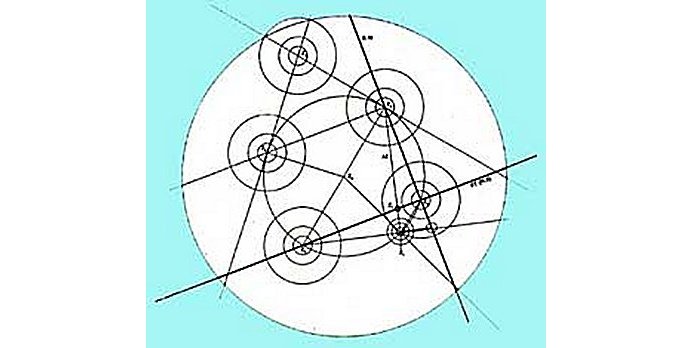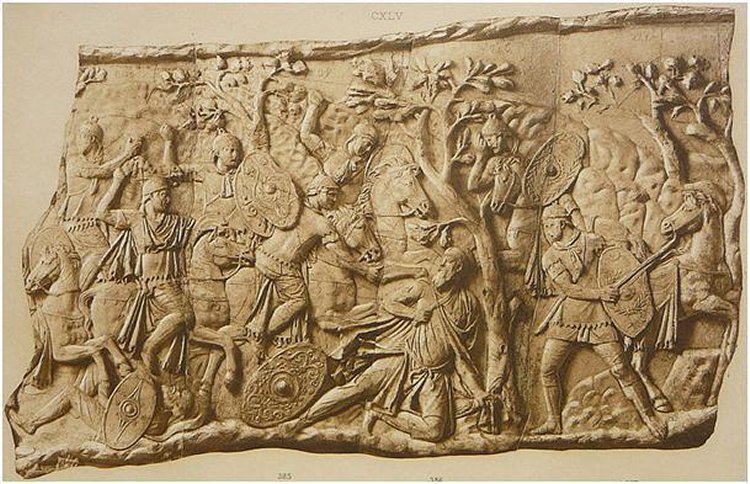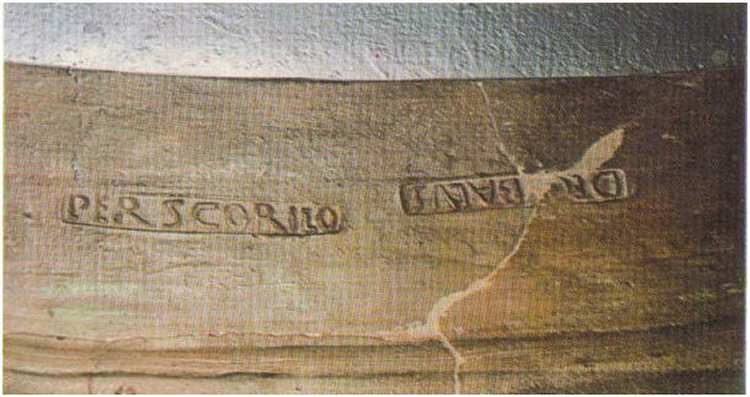Sarmizegetusa And Its Andesite Sun Artifact Similar To The Mayan Calendar
A. Sutherland - AncientPages.com - Sarmizegetusa (today Gradistea Muncelului) County was the capital of pre-Roman Dacia, located in the Orastie Mountains, in present-day Romania. Before the wars with the Roman Empire, Sarmizegetusa was also the most important military, religious and political center of the Dacians.
It's a complex of sanctuaries situated on a cliff at an altitude of 1200 m, with a leading, large round sanctuary and the so-called "andesite sun" artifact.
The sanctuaries were located on a terrace, which had been linked previously mentioned gate by a paved road. Today, it's unknown if Sarmizegetusa had seven or eight quadrilateral sanctuaries because the Romans destroyed them
The fortress, a strategic center of defense, has a quadrilateral (a four-sided polygon) shape and massive stone blocks with 3m thick and approximately 4-5m high walls, constructed on five terraces, an area of almost 30,000 m².
The sacred zone of Sarmizegetusa includes several rectangular temples, and the bases of their supporting columns are still visible in regular arrays.
Perhaps the most enigmatic construction at the site is the large circular sanctuary. It consisted of a set of timber posts surrounded by a timber circle which in turn was surrounded by a low stone curb.
The andesite sun and the great round sanctuary from Sarmizegetusa Regia. (photo from The cultural Heritage of Romania, (Cluj-Napoca, 2004)
The layout of the timber settings of the Sarmizegetusa fortress bears an intriguing resemblance to the stone monument at Stonehenge in England.
We find another curious resemblance at Sarmizegetusa's most crucial artifact, "andesite sun," which was probably used as a sundial. The artifact is very similar to the famous Mayan calendar. The Dacian culture was influenced by contact with Hellenistic Greece. The sundial may have resulted from the Dacians' exposure to Hellenistic learning in geometry and astronomy. The capital of Dacia was conquered and destroyed by the Roman army in 106 AD.
Its ruins were unearthed for the first time in 1923 due to excavations under the leadership of prof. DM Teodorescu of the Department of Archaeology, the University of Cluj-Napoca, followed by other diggings until 1944.
Since it is known that Dacian culture was influenced by contact with Hellenistic Greece, the sundial may have resulted from the Dacians’ exposure to Hellenistic learning in geometry and astronomy.
Sarmizegetusa Regia also had a residential area of 3 km, with dwellings and workshops. It was a vast civil settlement with many homes, workshops, warehouses, barns, and a water reservoir.
People lived below the citadel in settlements built on artificial terraces and a system of ceramic pipes channeled running water into the nobility's residences. The archaeological inventory found at the site demonstrates that Dacian society had a relatively high standard of living.
At 100 meters to the east of the complex, there was the city and shrines of various shapes and sizes. The sanctuaries were located on a terrace linked with the gate by a paved road. Today, it's unknown if Sarmizegetusa had seven or eight quadrilateral sanctuaries because the Romans destroyed them.
The mathematical pattern of Sarmisegetusa includes all cyclopean buildings of the Dacians built at an altitude of 1,045m). The line of the North coincides precisely with the arrow of the so-called Andesite Sun.
At the ancient site of Sarmizegetusa, we encounter evidence of our ancestors' knowledge of cosmogonical topography, divine geometry, and cosmic harmony and several artifacts offering proof that the Dacians were an advanced society.
The Dacians were skilled metalworkers. Excavations conducted in the area revealed tools such as meter-long tongs, hammers, and anvils used to make 400 metallic artifacts — scythes, sickles, hoes, rakes, picks, pruning hooks, knives, plowshares, and carpenters' tools.
Decebalus’ suicide, from Trajan’s Column (Scene CXLV)
However, among the most important finds unearthed at the site, is a medical kit, in a brassbound wooden box with an iron handle, containing a scalpel, tweezers, powdered pumice and miniature pots for pharmaceuticals, and a large funerary vessel (0.6 m) high and 41 in (1 m) across, bearing an inscription in the Roman alphabet: DECEBAL PER SCORILO, i.e. 'Decebalus, son (cf. Latin puer) of Scorilus'.
The Decebalus per Scorilo inscription. The Decebalus inscription was stamped on a huge vase twenty-four inches (0.6 meters) high and forty-one inches (1 meter) across. It is stamped in mirror-writing, in the Latin alphabet. image source
Decebal (Decebalus) (ruled 87-106) was the last king of Dacia. The Romans defeated the Dacians in the Battle of Tapae in 88; they set fire to several towns and moved towards Sarmizegetusa, the kingdom's capital.
The Romans laid siege to the town and cut Sarmizegetusa's water supply. The Dacians eventually surrendered, and Decebalus committed suicide. Dacia became a Roman province.
Dacian Fortress Sarmizegetusa is on the UNESCO World Heritage list.
Written by – A. Sutherland - AncientPages.com Senior Staff Writer
Copyright © AncientPages.com All rights reserved. This material may not be published, broadcast, rewritten or redistributed in whole or part without the express written permission of AncientPages.com
Expand for referencesReferences:
I. Grumeza, "Dacia: Land of Transylvania, Cornerstone of Ancient Eastern Europe"
More From Ancient Pages
-
 Unknown 500,000-Year-Old Migration Route Of Homo Erectus From Africa – Discovered
Archaeology | May 10, 2019
Unknown 500,000-Year-Old Migration Route Of Homo Erectus From Africa – Discovered
Archaeology | May 10, 2019 -
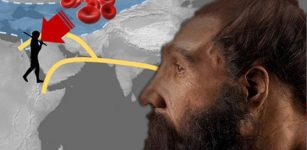 Neanderthal And Denisovan Blood Groups Deciphered And The Results Are Surprising
Archaeology | Aug 2, 2021
Neanderthal And Denisovan Blood Groups Deciphered And The Results Are Surprising
Archaeology | Aug 2, 2021 -
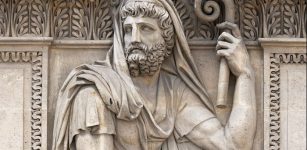 Numa Pompilius – Remarkable Legendary Second King Of Ancient Rome Who Succeeded Romulus – Did He Ever Exist?
Featured Stories | Mar 2, 2018
Numa Pompilius – Remarkable Legendary Second King Of Ancient Rome Who Succeeded Romulus – Did He Ever Exist?
Featured Stories | Mar 2, 2018 -
 Ancient City Of Metropolis: Ruins With Traces Of The Hittites, Hellenistic, Roman, Byzantine And Ottoman Empires
Archaeology | Jan 8, 2018
Ancient City Of Metropolis: Ruins With Traces Of The Hittites, Hellenistic, Roman, Byzantine And Ottoman Empires
Archaeology | Jan 8, 2018 -
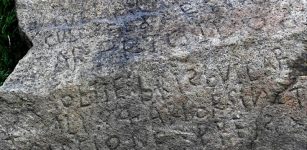 Mysterious Rock Inscription Found In Brittany Baffles Experts – Reward If You Can Decipher It
Archaeology | May 15, 2019
Mysterious Rock Inscription Found In Brittany Baffles Experts – Reward If You Can Decipher It
Archaeology | May 15, 2019 -
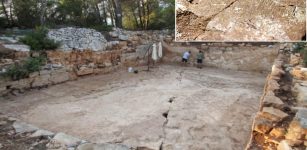 Excavations Of 2,500-Year-Old Water Cistern In Croatian Village Lumbarda – Completed
Archaeology | Oct 1, 2020
Excavations Of 2,500-Year-Old Water Cistern In Croatian Village Lumbarda – Completed
Archaeology | Oct 1, 2020 -
 Archaeologist Ludovic Slimak Wants To Rewrite The History Of Early Humans In Europe
Evolution | Jun 10, 2023
Archaeologist Ludovic Slimak Wants To Rewrite The History Of Early Humans In Europe
Evolution | Jun 10, 2023 -
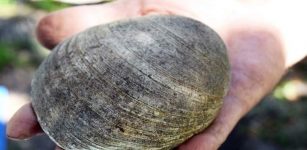 Manasota People: Will 1,300-year-Old Village Tell Us About Their Lives?
Archaeology | Jan 11, 2016
Manasota People: Will 1,300-year-Old Village Tell Us About Their Lives?
Archaeology | Jan 11, 2016 -
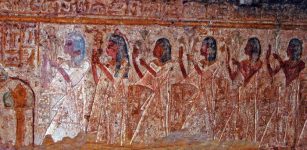 Rock-Cut Tomb Of Pennut, Viceroy Of Nubia Under Reign Of Ramses VI
Civilizations | Dec 7, 2018
Rock-Cut Tomb Of Pennut, Viceroy Of Nubia Under Reign Of Ramses VI
Civilizations | Dec 7, 2018 -
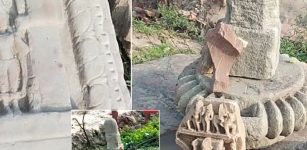 11th-Century Pratihara-Era Temple Accidentally Found By A Farmer In Uttar Pradesh, India
Archaeology | Aug 6, 2020
11th-Century Pratihara-Era Temple Accidentally Found By A Farmer In Uttar Pradesh, India
Archaeology | Aug 6, 2020 -
 On This Day In History: One Of The Tallest Women In History – Died – On August 5, 1888
News | Aug 5, 2016
On This Day In History: One Of The Tallest Women In History – Died – On August 5, 1888
News | Aug 5, 2016 -
 Secret Coded Boontling Language Of Northern California
Ancient History Facts | Apr 8, 2019
Secret Coded Boontling Language Of Northern California
Ancient History Facts | Apr 8, 2019 -
 Young Girl Finds Rare Ancient Megalodon Shark Tooth On Maryland Beach
Archaeology | Jan 16, 2023
Young Girl Finds Rare Ancient Megalodon Shark Tooth On Maryland Beach
Archaeology | Jan 16, 2023 -
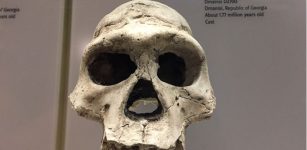 What Does The Brain Of The Homo Erectus Fossil With The Lowest Cranial Capacity Tell About Evolution?
Archaeology | Mar 2, 2023
What Does The Brain Of The Homo Erectus Fossil With The Lowest Cranial Capacity Tell About Evolution?
Archaeology | Mar 2, 2023 -
 Final Journey Of Ötzi Iceman: More Clues Found In Frozen Moss
Archaeology | Nov 1, 2019
Final Journey Of Ötzi Iceman: More Clues Found In Frozen Moss
Archaeology | Nov 1, 2019 -
 The Navajo People In The Land Of The Four Sacred Mountains
Civilizations | Jun 10, 2020
The Navajo People In The Land Of The Four Sacred Mountains
Civilizations | Jun 10, 2020 -
 Strange Ancient Mechanical Flying Animals – Mystery Of The Air Castle – Part 2
Featured Stories | Mar 31, 2020
Strange Ancient Mechanical Flying Animals – Mystery Of The Air Castle – Part 2
Featured Stories | Mar 31, 2020 -
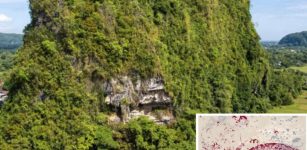 World’s Oldest ‘Picture Story’ Found Deep Inside Indonesian Cave
Archaeology | Jul 8, 2024
World’s Oldest ‘Picture Story’ Found Deep Inside Indonesian Cave
Archaeology | Jul 8, 2024 -
 Long-Lost Ancient Tomb Of ‘China’s Shakespeare’ Finally Found
Archaeology | Aug 31, 2017
Long-Lost Ancient Tomb Of ‘China’s Shakespeare’ Finally Found
Archaeology | Aug 31, 2017 -
 Oldest Lunar Calendar Engraved On A Pebble Dated To 10,000 Years Ago
Archaeology | Aug 5, 2019
Oldest Lunar Calendar Engraved On A Pebble Dated To 10,000 Years Ago
Archaeology | Aug 5, 2019




